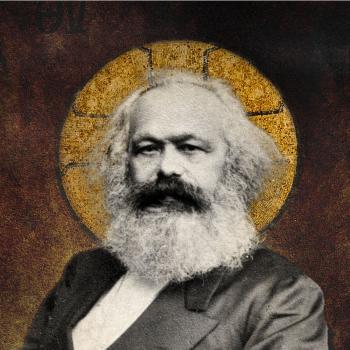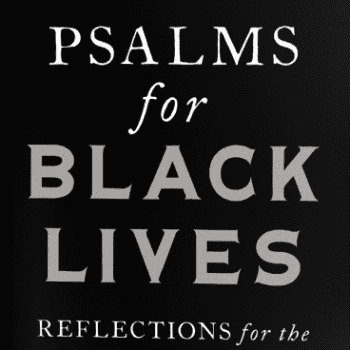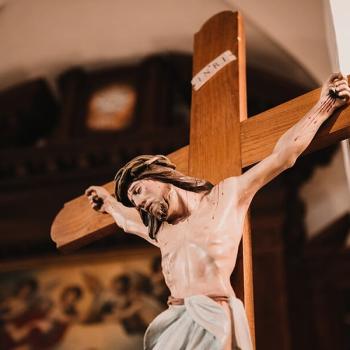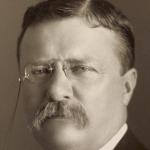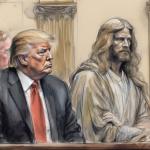The Church of The Church?
Phillip Clayton of Claremont School of Theology says that the future of the church over the next 20 years will not secured by new and emerging forms of theology, but in ecclesiology. By this he means it is in how we DO CHURCH that is important. While we can expect the continued decline of Christianity in culture we can also expect new pockets of vitality and experience to emerge. Prayer, liturgy and worship will, more than anything, be the churches future.
With the decline of the traditional, institutional church those of us who remain in the faith will have to come to hard decisions about whom we are, why we do what we do and to what ends. We will no longer be the social safety-net or cultural ritual provider for the world but will instead be pockets of cultural oddness that flourish under strange conditions.
Clayton names the churches future as:
- Churches that meet in pubs, office buildings, school classrooms, or homes … or virtual churches, like those at SecondLife.com;
- Churches that have no leader, or have leaders who don’t look like any pastor you’ve ever known (OMG, what if they have piercings?);
- Pastors who are hosts to discussions, who can listen long and deep to doubts and questions before presenting the answers on which they center their lives;
- Churches that don’t have buildings, denominations, pastors, or sermons; that don’t meet on Sundays; that consist mainly of people who don’t call themselves “Christians.”
- Churches whose participants are drawn from many different religious groups; churches full of “seekers”; churches that consist mostly of silence (like the Quakers) or of heated discussions between participants.
In Part Clayton is describing a movement very similar to what John Heron suggests in his book ‘Participatory Spirituality’. Heron seeks to envision spiritual organizations and groups inspired by a peer2peer, open source world of distributed networks. Heron imagines a world where peer groups seek not to create communities of absolute answers but of traveling partners who share in a community life where each member contributes from their experiences into the Commons as a resource for all.
In Connectivist theory – sometimes called peer2peer theory, Open Source theory or wikinomics – peer production considered a third mode of production, in opposition to capitalism and communism. In peer production we are not concerned with monetary gain (though it can happen) or central control (though community it is an community centered economic). The concern is a cultural product – music, media, text, ideas that are endlessly remix able. In Open Source a community forms around an idea – SETI@HOME and the Mars data for NASA, creating Linux, contributing to an open source, peer produced movie. The raw data – footage, text, sound – belongs to the members of the community, which contributed, to remix and reuse, as they want, for free.
Open Source in this way is a project created by a distributed network working off a common base code. It is cultural production, which is common property to all of humanity. Recent articles in Wired have even called this move a new form of production that rivals and pushes back against communism and capitalism. Hierarchies and leadership arises organically as a group of people come together to become partners in production.
In this way spirituality is allot like an OpenSource cultural creation. The contributions by tradition, history of the members provide a base code, which inspires our own remix, experimentation, and innovation that in turn is contributed back into the commons. Hierarchy and leadership then become peer created and spontaneous in order to respond to projects, situations and needs. Like the Internet groups can connect around issues that need energy and bring them into the whole as a contribution to the Commons. While it will take a hundred years of death for the Episcopal church to get to this place newer models of faith will emerge and are emerging (like the ProgCA I mentioned above) for which this model will be their default operating system, even if in a fumbling sort of way.
Just as the current environmental movement is indebted to the hippies and their ‘leftist’ and ‘wonky’ ideas the church of the next generation – in progressive and conservative forms – will be indebted to those churches and organizations that have thrived through experimentation and innovation. In part this will be house churches and post-denominational networks and in part it will be groups like the Metropolitan Community Church, which has led the way in LGBT inclusion in church as well as holding together diverse worship and liturgy styles.
The Future of Faith is Prayer?
Clayton and Heron both point out that spirituality as shared, communal event will be the future of faith. Ecclesiology – how we do church – is where Clayton sees the vital energies of the future emerging. Can we say that what liturgical reform did for the church in the 50’s a renewal of prayer will do in the present?
Some fear that this means the loss or abandonment of Christian spirituality. The opposite is true – it means that the whole of tradition from creeds to liturgical and worship styles are ours. But they are ours not as the dry relics of tradition, or the ‘this is how we do it cause this is how we have always done it’. They are ours as living traditions that have life and vitality and a responsibility to take seriously the ground conditions and experiences of our lives.
I have heard it said that the evangelical church has the energy to reengage our spiritual longings and quests in the contemporary age, but the mainline church has the tools, resources and rituals. The future of Christian spirituality is not at the expense of our uniqueness but will be due to it. But it will take the energy of the evangelicals and the intellectual tradition and spirituality resources of the mainline to make it happen.
Vitality in the future will not come from new theology – though that will be important – but it will come from asking the question of how we pray and what is church. As a student in seminary I felt great pains at the divisions – imagined, imposed and insisted on – between the MA program (academics) and the M.Div program (future ministers). Many an M.Div felt their was no room for them in the theology classes, as their options were to continue to insist on the beauty, vitality and worth of tradition, prayer and ministry. Or they could become an academic. If we are not insisting on a methodological pluralism for our seminarians – where the seminarian is asked to pray and imagine their ideas in worship – then we have already insisted that the church has no need surviving any further in this century.







